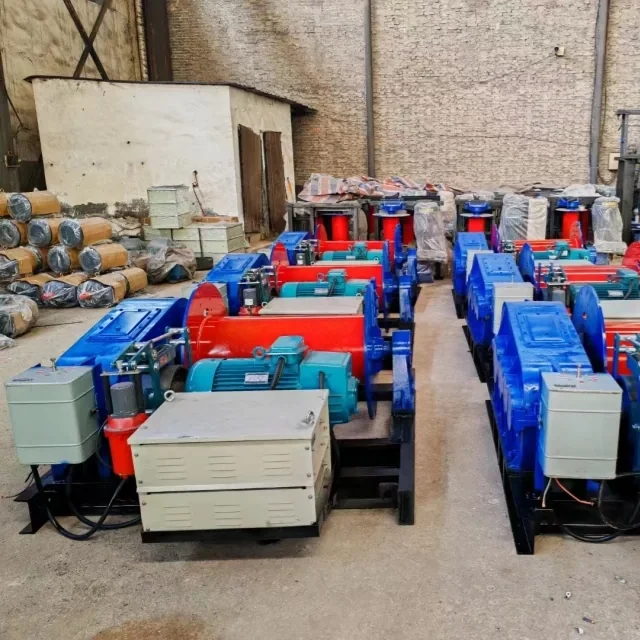Selecting the correct winch tonnage isn’t just about raw power—it’s about precision matching to your operational demands. Underestimating capacity risks equipment failure, while overestimating wastes resources. This guide demystifies winch tonnage selection using industry standards and real-world application insights, ensuring your next lift is both safe and efficient.
Winch Capacity Fundamentals
The Science Behind Tonnage Ratings
Winch tonnage ratings represent the maximum safe working load (SWL) a device can handle under standard conditions. Engineers determine this through:
- Static load testing: Measures resistance to deformation at peak loads
- Dynamic stress analysis: Evaluates performance during movement
- Cycle endurance trials: Assesses longevity under repeated use
Industry standards like ISO 4301 and ASME B30.7 govern these tests, requiring winches to maintain 125% of rated capacity without structural failure.
Ever wondered why two winches with identical tonnage ratings might perform differently? Material quality and gear design—not just the rating—dictate real-world performance.
Industry Standard Classification System
Winches categorize into three classes based on duty cycles:
-
Class 1 (Infrequent Use):
- Ideal for maintenance or emergency operations
- Example: 1T winch for occasional machinery repositioning
-
Class 2 (Regular Use):
- Designed for construction sites with daily operation
- Example: 5T winch for material handling in bridge work
-
Class 3 (Continuous Use):
- Built for mining or shipyard applications
- Example: 32T winch for repetitive heavy lifts
Application-Based Selection Guide
Light-Duty Operations (0.3T-3T) Use Cases
These winches excel in scenarios requiring precision over brute force:
- Theater rigging: 0.5T electric winches adjust stage elements silently
- Auto repair shops: 2T models safely lift engine blocks
- Marine deck operations: 1.5T hydraulic winches handle anchor retrieval
Key consideration: Light-duty winches prioritize control systems—look for models with progressive braking and overload sensors.
Heavy-Lift Scenarios (5T-32T) Implementation
Heavy industry demands winches engineered for relentless performance:
- Wind turbine maintenance: 10T winches hoist nacelles at 300-foot heights
- Oil rig operations: 25T double-drum winches deploy subsea equipment
- Bridge construction: 32T models position prefabricated segments
Pro Tip: Multi-line reeving systems can effectively double capacity—a 10T winch with 2-part line handles 20T loads at half the line speed.
Advanced Configuration Factors
Safety Margin Calculations for Load Management
The 80% rule prevails: Never exceed 80% of a winch’s rated capacity during normal operations. Calculate your safety buffer:
Related Products
- Electric and Hydraulic Winch for Heavy Duty Applications
- Warn Winch Windlass Boat Trailer Winch
- Electric 120V Boat Winch by Badlands
- Best 18000 Pound Drum Anchor Trailer Winch
- 12000 lb Heavy Duty Electric Boat Winch
Related Articles
- How to Choose and Safely Operate Winches for Construction Efficiency
- How Winch Certification Shields Your Business from Legal and Operational Risks
- How Electric Winches’ Engineering Enhances Efficiency and Safety in Heavy-Duty Applications
- How to Choose the Right Winch Power Source for Off-Grid Operations
- How Winch Technology Solves 5 Critical Heavy-Load Challenges




















